Many cat owners are convinced that their cat doesn’t really need them. In other words, not all of us are fully convinced that our “house cats” are fully domesticated.
However, the cats that live in our homes have many differences from the species that they originally evolved from and they went through quite a bit of trouble to become what they are today.
Keep reading to learn about our pets’ ancestors, where they are now, and how domesticated our feline friends truly are.
What Species Did House Cats Evolve From?
Like cats themselves, the lineage of the modern day domestic cat is elusive and the line we have used to trace it has changed throughout the years.
The evolution of cats works less like a line and more like a network.
Consequently, it helps to start with a group of cat species, rather than from the very beginning. All feline creatures on the planet reside in the family Felidae.
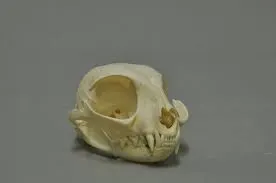
Of this family, we have three living subfamilies:
- Pantherinae
- Contains genera of larger cats that are known to roar
- Lions, Tigers, Leopards, Jaguars
- Acinonychinae
- Contains genera of larger and medium sized cats
- Cheetahs, Cougars, Jaguarundi
- Felinae
- Contains genera of smaller cats that purr, but cannot roar
- Domestic cats, Servals, Bobcats, Ocelot
We will primarily be discussing the subfamily, Felinae, to explore the origins of domestic cats.
However, other subfamilies that include larger cats will be important to know in understanding the evolutionary links between species.
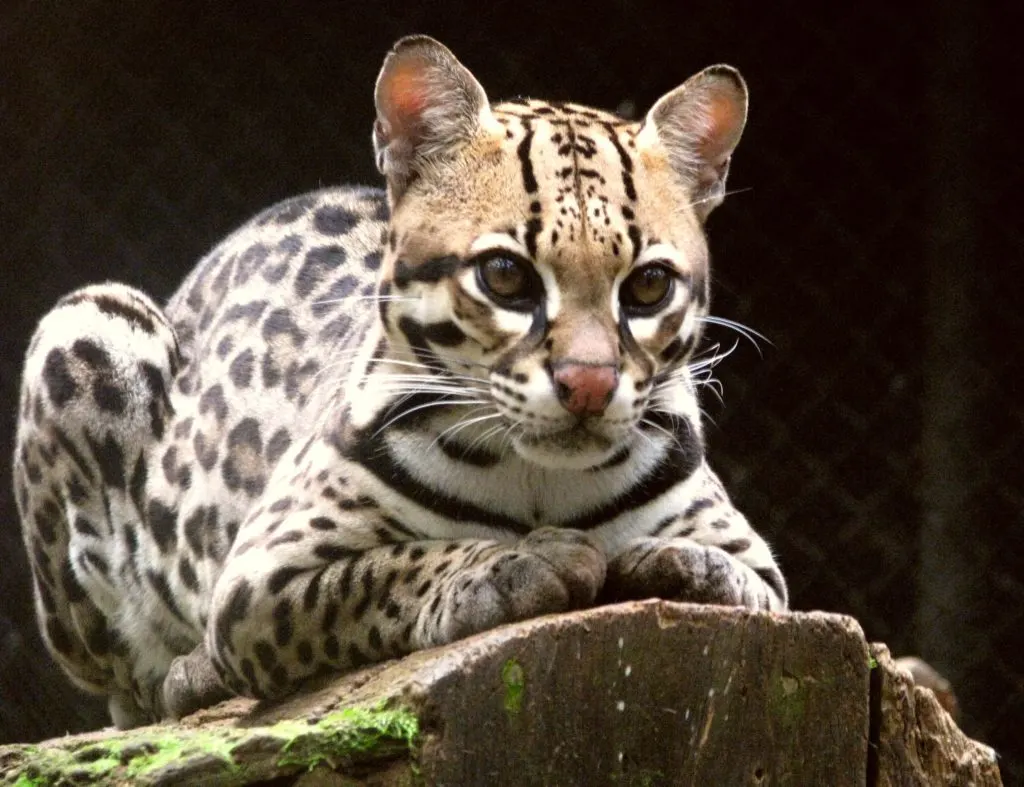
Understanding Cat Subspecies
Subfamily Felinae contains many different species of felid, or cat.
The “domestic” cat was originally classified as Felis catus in 1758 by Carolus Linnaeus.
However, more recent studies have shown that it is more appropriate to refer to them as a subspecies of wildcat, or Felis silvestris catus.
According to the Biological Journal of Linnean Society, there are four subspecies of wildcat:
- Felis silvestris lybica
- North African Wildcat
- Felis silvestris ornata
- Central Asian Wildcat
- Felis silvestris cafra
- Southern African Wildcat
- Felis silvestris silvestris
- European Wildcat
- Felis silvestris catus
- “Domestic” house cats
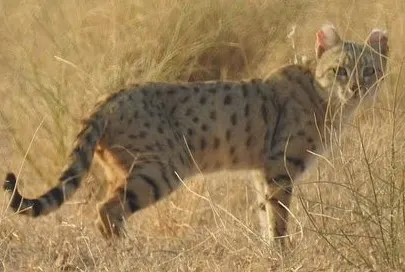
F. s. lybica is the earliest known major relative of F. s. catus, or house cats. They share an almost identical DNA sequence even though F. s. Lybica has existed for centuries longer than F. s. catus.
F. s. ornata, F. s. cafra, and F. s. silvestris each form their own unique and unrelated DNA clusters and are therefore considered to not be ancestors of F. s. catus, even though they may appear to be similar.
A Common Ancestor
Research has shown that Felis silvestris lybica, the North African Wildcat, is the common genetic ancestor of all four of the other species of wildcat mentioned above.
While F. s. lybica is still technically a species of wildcat, same as the other four, it is believed that F. s. lybica is the “original” wildcat.
The African Wildcat still exists today throughout Africa, the Arabian Peninsula, and even as far east as the Caspian Sea.
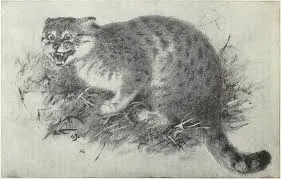
They prefer mountains or hilly landscapes, but will populate deserts in lower density as well.
They display a range of variance in color and coat, though most commonly tend to resemble the domestic tabby cat with a lighter, more sandy colored coat.
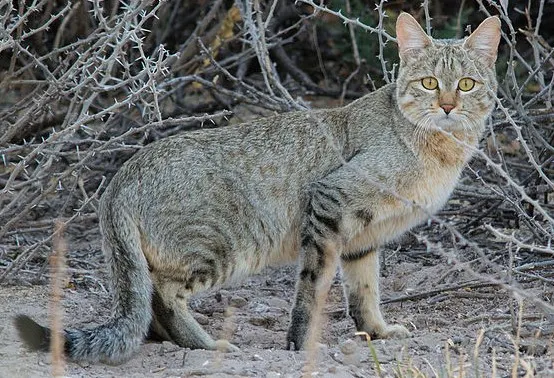
When Were Cats First Domesticated?
Researchers have pushed the date of the first domesticated cat further and further into the past as new evidence and data surfaces.
For a time, we believed cats had been domesticated before 6,000 BCE.
In 1983, researchers found a cat jaw bone on the island of Cyprus that was dated to be 8,000 years old.
According to the Smithsonian Magazine, cats are not native to Cyprus, so it is assumed that the cat this jawbone belonged to was transported there.
Researchers assume this cat must have been domesticated at least to some degree because a wildcat would not have fared well in marine travel.
Due to new data and evidence, researchers now believe that cats could have been domesticated as early as 12,000 years ago!
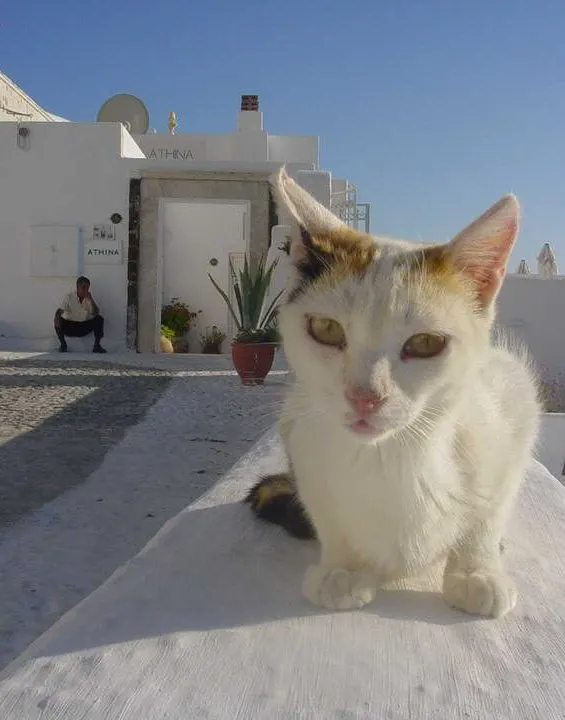
How did Cats Become Domesticated?
As with many other animals who eventually were domesticated, cats are thought to have begun this process in one of two ways.
According to genetic researchers, either humans deliberately domesticated cats or cats worked themselves into domestication.
In the case of the former, humans would have found some benefit to keeping cats, selected the most desirable ones, and the traits of the kept cats became the traits of domesticated cats.
The latter situation is more a product of happenstance and therefore more likely to have been what actually happened.
In this situation, both cats and humans would have found some benefit to cohabitating spaces.
As time wore on in this situation, those cats with traits that were best suited for life with humans would have continued to breed and solidify those traits.
Agriculture’s Role in Cat Domestication
The development of Agricultural societies would have been the prime time for the latter domestication situation to play out.
Earlier, we mentioned that cat domestication had most likely begun around 12,000 years ago.
While this may seem outrageous, it becomes more credible when you pair that with the fact that agricultural societies had also begun to spring up in the Middle East’s Fertile Crescent around this same time.
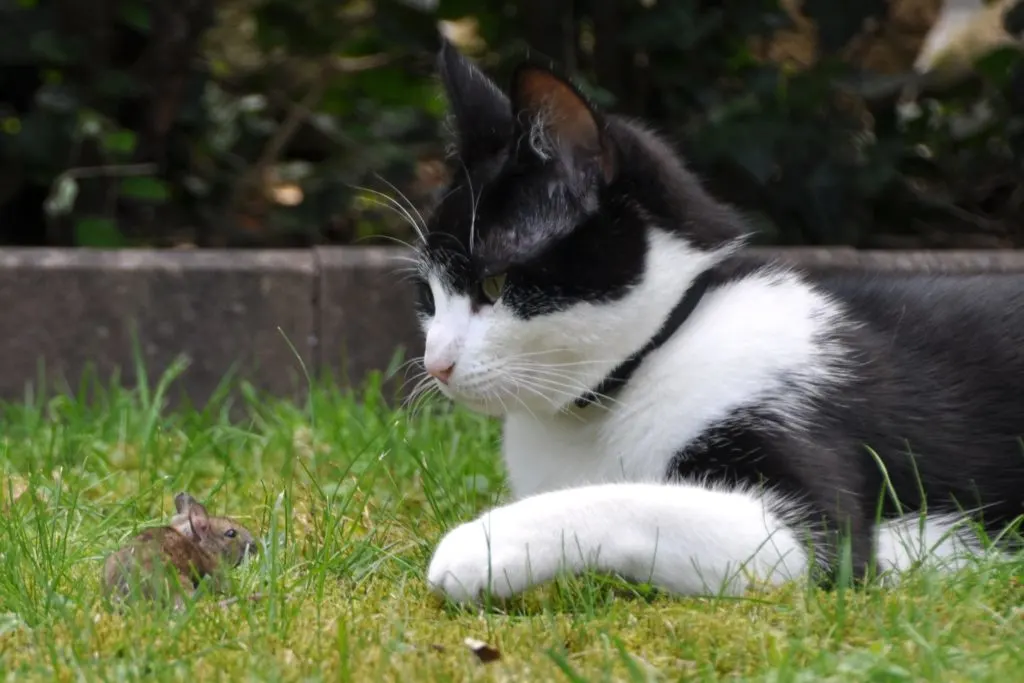
Consequently, wildcats would have suddenly had reason to be spending more time around human populations.
Rodents would be attracted to the stores of grain and other foods that humans had begun keeping.
In theory, wildcats realized that they could easily find a prey colony in these spaces, and therefore made easier work hunting.
Humans welcomed this because it meant they did not have to deal with the rodents themselves.
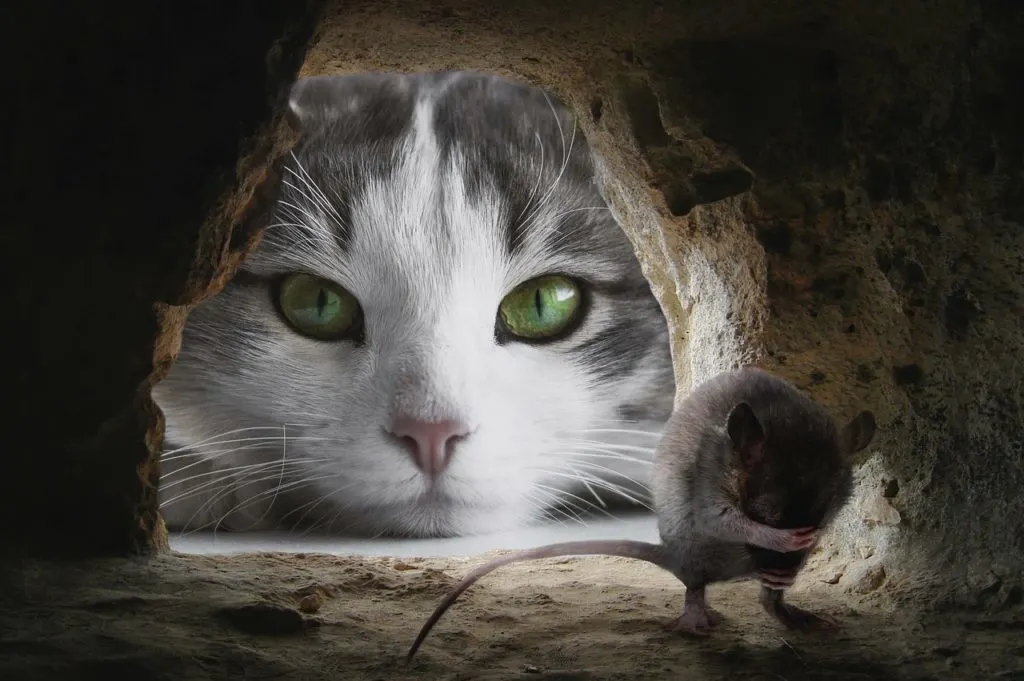
How Cats Spread Across the World
Through paleogenetic study, scientists have managed to gain a rough idea of how domestic cats moved from the Fertile Crescent to other parts of the world.
Scientists believe this movement occurred in two major waves. We have already discussed the first wave in part: agricultural development.
In the same way that agricultural developments spread across the world, so did the domestication of cats that resulted from these developments.
The second wave occurred in a much less organic way. Scientists have found evidence of domestic cats in Bulgaria, Turkey, and sub-Saharan Africa as early as 400 BCE.
These cat’s genetic ancestors originated in Egypt. The remains of cats with the same ancestry were also discovered in a Viking site in North Germany.
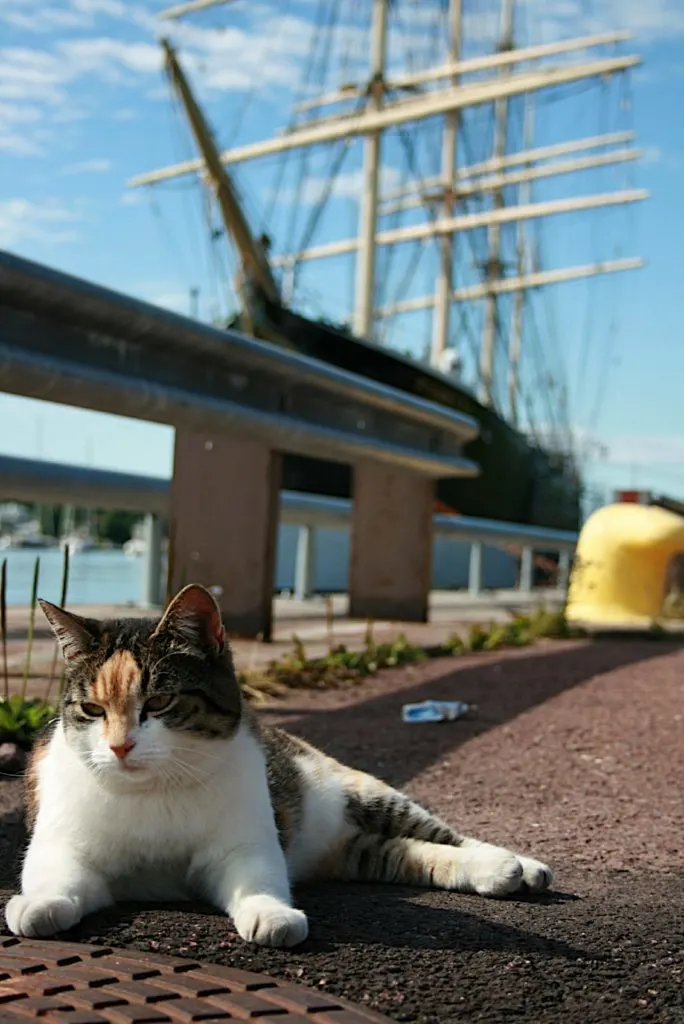
These two findings suggest that humans were primarily responsible for the second wave of domestic cats spreading.
It is believed that cats spread so far by escaping boats they were kept on by humans.
Pests posed huge problems for maritime traders. Not only could rats or other rodents ruin any perishable goods you are transporting, they could also spread disease and damage rigging on the boat itself.
Having a cat on your ship allowed you to have a self sustaining, low occupancy, form of pest control.
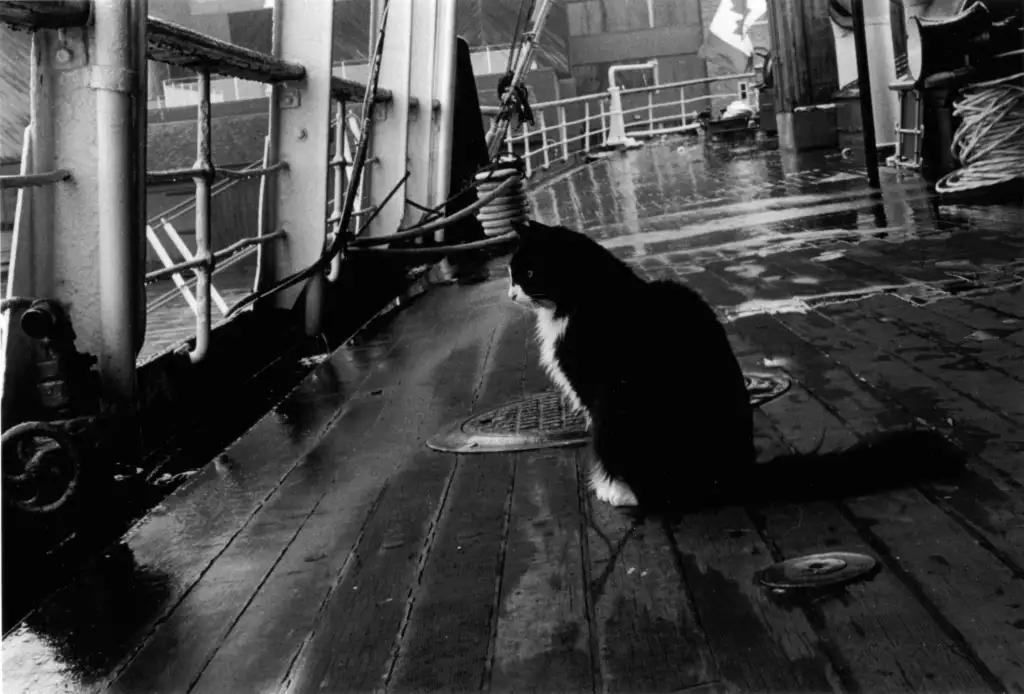
Cats in History
Similar to the way that domestic cat’s practical roles in human society both preceded and perpetuated their domestication, their cultural significance contributed immensely to their rise in prominence within human society.
Throughout recorded history, cats have signified both bad and good omens and held rank within both the sacred and the profane across various cultures.
Surprisingly, cultures have frequently faced fairly serious consequences as a result of their cultural view of cats.
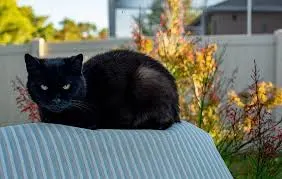
Cats in Egypt
Many people are aware that cats had religious and cultural significance to the ancient Egyptians.
While many Egyptien deities were represented through cat figures at different times, Bastet was the goddess most closely associated with the form of a cat.
Bastet is the Ancient Egyptian goddess of the home, fertility, childbirth, and protector from diseases.
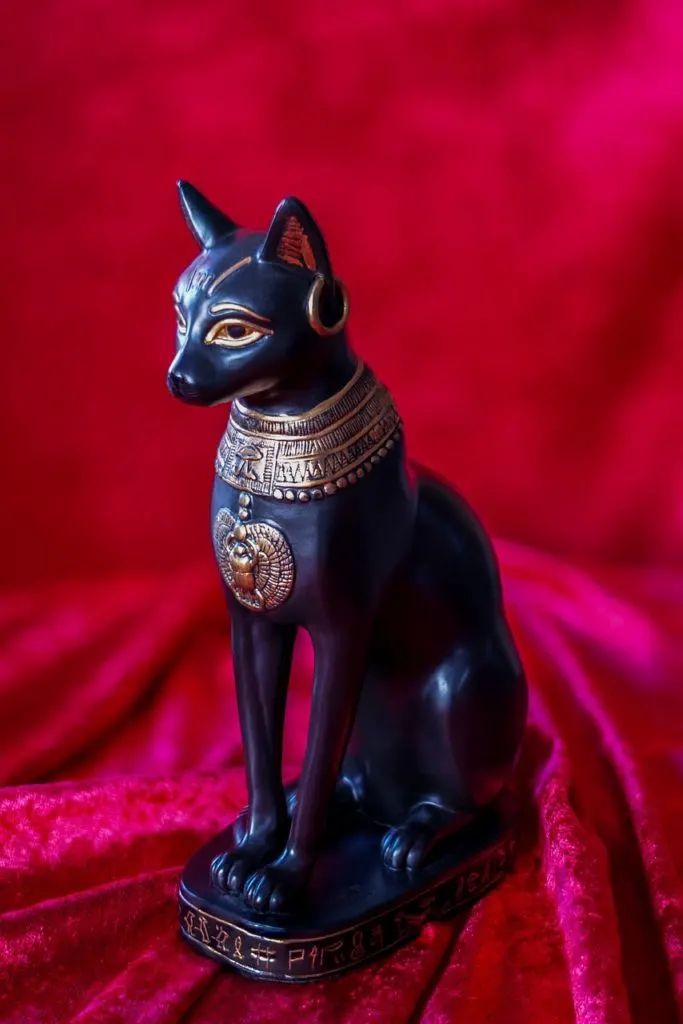
Cats as a whole were seen as protectors, praised for killing venomous snakes.
Archeologists have uncovered numerous cat burial sites that feature huge numbers of mummified cats.
Ancient Egyptian culture held cats in high regard, though the full extent of this is not fully known.
For instance, historians have found that harming a cat or killing it in this time could have resulted in a death sentence or could have just been considered a taboo act.
Earlier on in Egyptian history, cats were often bred and killed exclusively as sacrifices to gods.
However, later on in the timeline, killing cats was regarded as a serious crime.
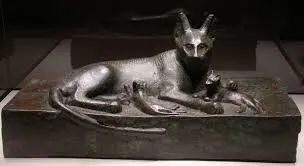
One historian records a roman man being lynched around 60 BCE for killing a cat.
The most outrageous account of cats’ importance to Egyptian culture comes from Polyaenus’ account of the battle of Pelusium.
In his account, the Persians managed to enter the Egyptian city untouched by holding cats in front of them.
The Egyptian forces refused to fight or attack the Persians for fear of hurting the cats and thus incurring the wrath of the gods.
Cats & Superstition
Since their domestication became attached to larger cultures, cats have been targeted by superstition in both good and bad ways.
Sailors would prefer having black cats on their boats, seeing it as good luck whereas other Western cultures have seen them as bad omens or familiars of witches.
Some researchers even believe that Christian superstition of black cats resulted in an increased spread of bubonic plague in the middle ages.
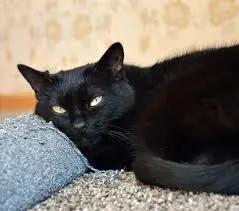
Christians killed black cats because they believed they were either shape shifted witches or the familiars of witches and therefore.
Ironically enough, this lower cat population raised the rat population, which indirectly increased the rate at which the bubonic plague spread.
Cats Today
Cats have come a long way since those first few wildcats who made their way into farmers grain stores.
While many things have changed for cats and the way they interact with humans, some things have stayed the same.
You would be hard pressed to find full cults of people worshipping cats as deities, but you can still find the domestic cats ancient ancestor, Felis silvestris lybica in the wild.
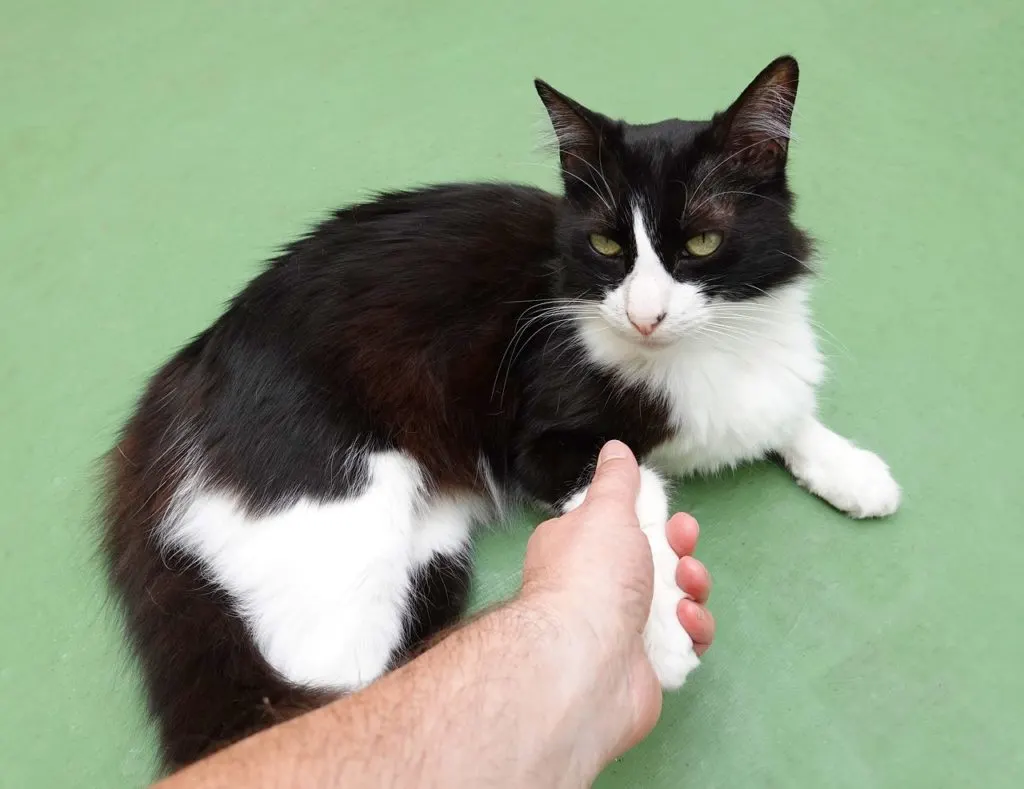
Our cats, the ones in our homes, are still only semi-domesticated.
Unlike much livestock, who would have little to no chance surviving on their own in the wild, cats have proven to adjust fairly rapidly to feral life.
Usually, a revert back to ferality takes many generations in an animal’s genetic code.
A cat, on the other hand, if left alone in the wild, will revert back to feral life in hardly any time.
Perhaps this is the source of one reason why many of us love our cats: their independence. Even within the home, they maintain a level of isolation.
A common opinion is that cats seem to want their humans to know “I can do all this just fine without you”.
This is just one of the reasons we love cats. Other reasons are abundant in pop culture today.
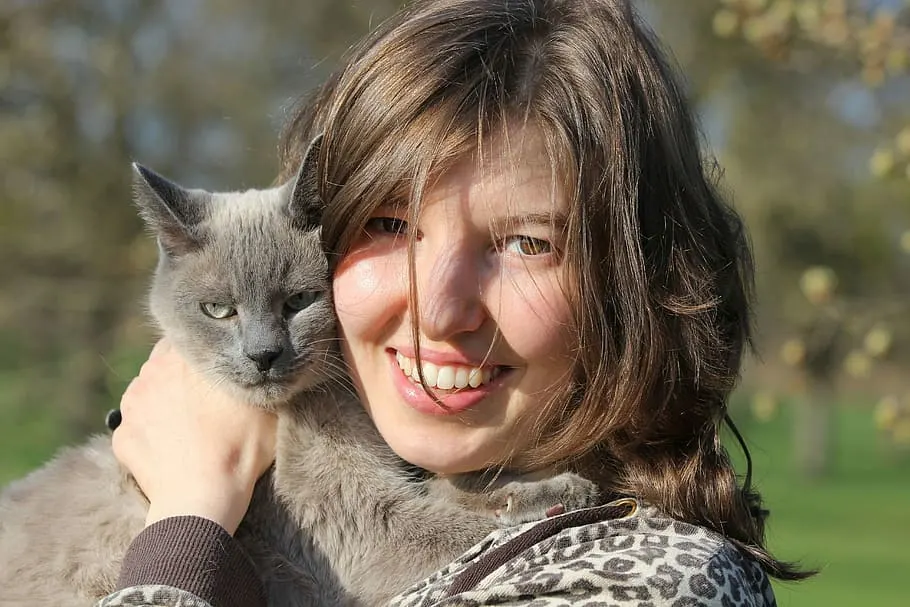
As humans have evolved to use increasingly more developed forms of technology, we have seen cat representations in human culture change as well.
From Garfield to cat memes and now social media influencers who have built platforms off of cats, we can see how humanity’s relationship with their feline friends has evolved with time and technological advancement.
Conclusion
While many house cats might fare well enough on their own in the wild, it’s safe to say that they’re right where they should be.
In a home that loves and provides for them while giving them the space they need to truly be themselves!
For thousands of years, cats have been changing to be the loveable creatures we cohabitate with.
12,000 years ago, they were just wildcats, or Felis silvestris lybica, hunting in a solitary state in the hilly regions of the Fertile Crescent.
A few of these wildcats worked smarter, not harder, and found their way into an easy to come by food supply: rodents attracted to grain stores from early farmers.
As humans began to notice the benefits of allowing these animals to hang around, the wildcats grew less and less wild.
Eventually, they became vital passengers on merchant ships and traveled the world.
Given several thousand years to spread through the world and evolve as a part of human environments, these african wildcats eventually became the domestic cats we know and love, Felis catus.
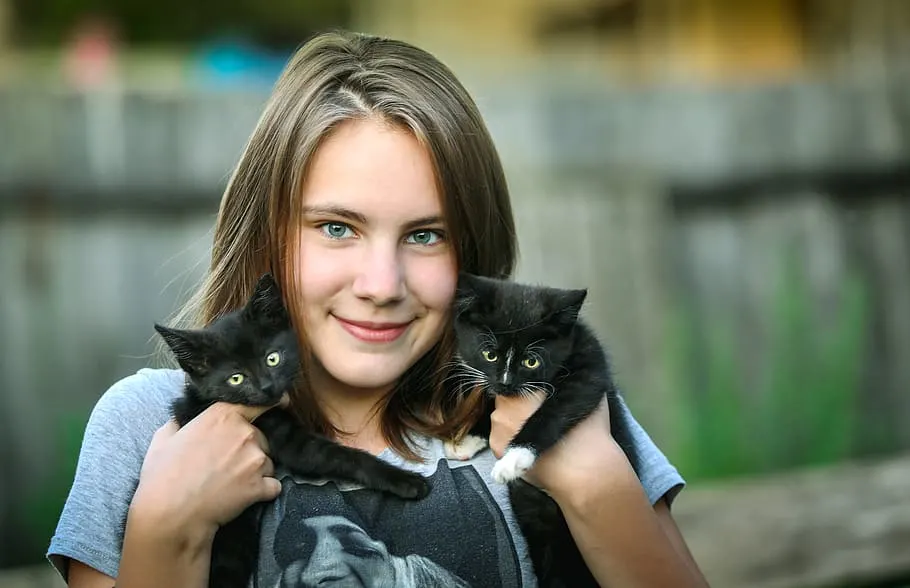

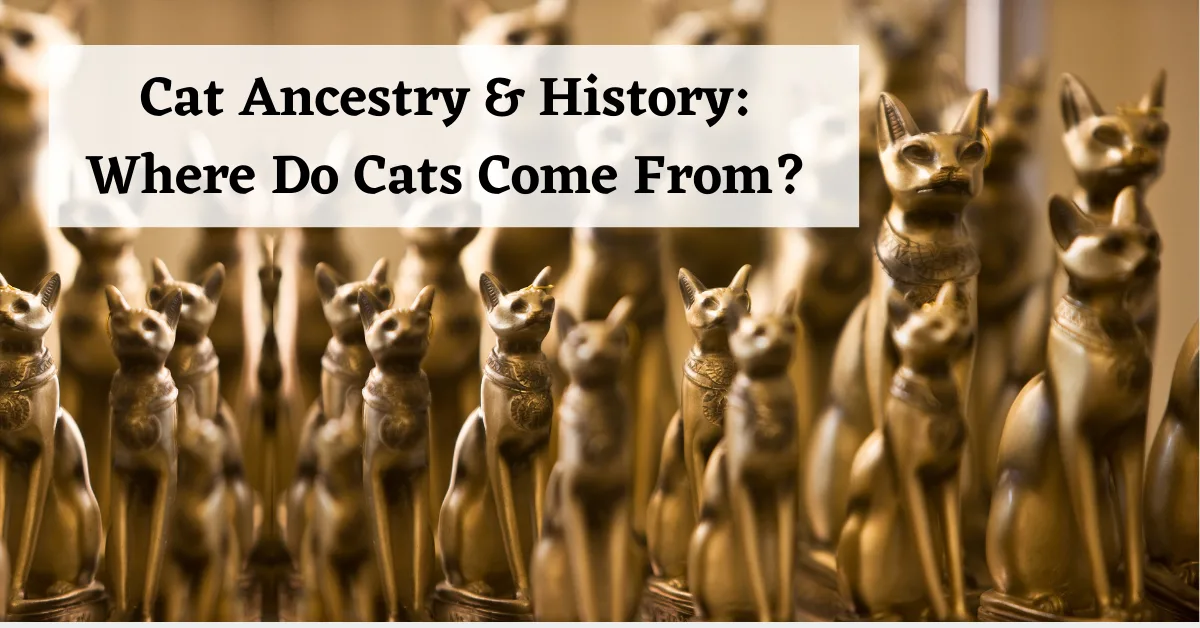
Natalie Estrada
Wednesday 17th of February 2021
Great article! I rescue cats, and I love knowing more about where they come from and their behaviors.
Anneliese Del Monico
Tuesday 1st of December 2020
I enjoyed the article and I love all my cats. Thank you